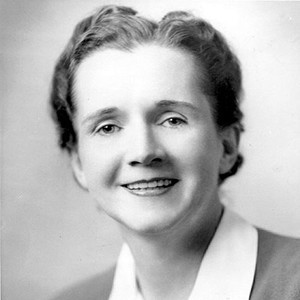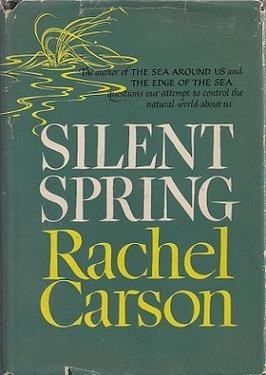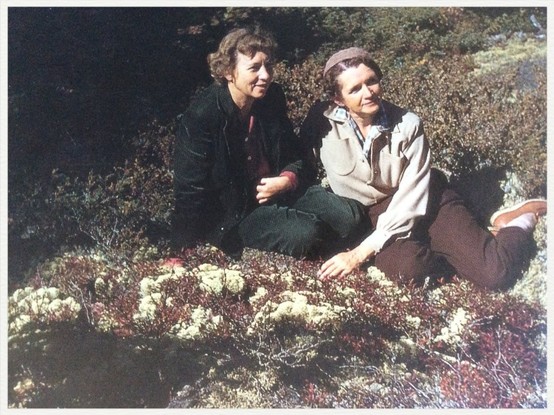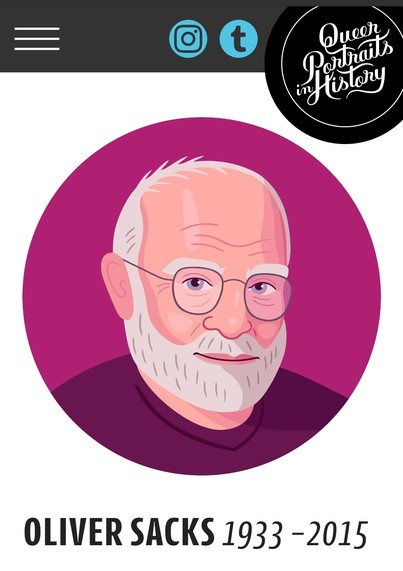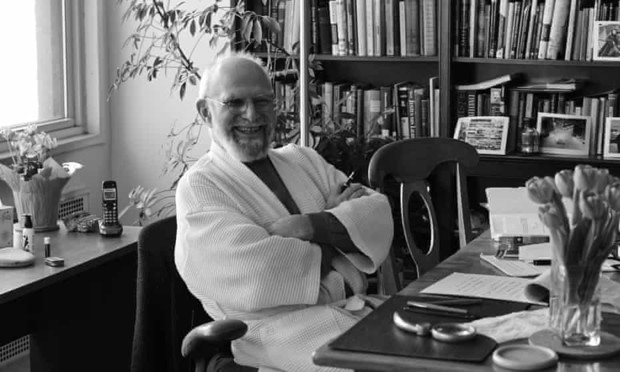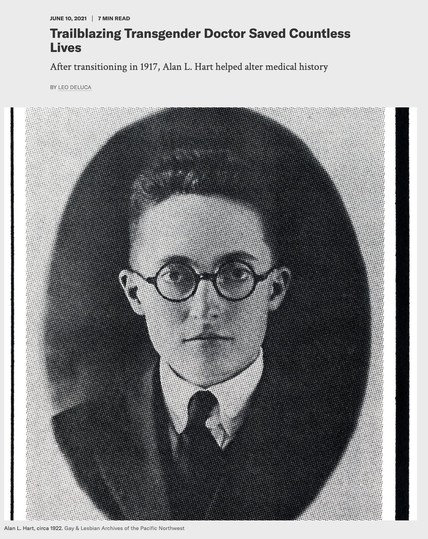This #PrideMonth, I want to honor the many contributions of LGBTQ+ scientists to our world.
I will start with one of my personal heroes, Rachel Carson.
In 1962, Silent Spring was published, which rocked the world and ignited the modern environmental movement. Carson argued eloquently and convincingly that pesticides, DDT especially, were being magnified up the food chain and taking song birds and raptors, including the Bald Eagle.
Thinning egg shells caused by the pesticides made raptor eggs especially vulnerable.
Carson was vilified by chemical companies, but ultimately, her courage prevailed as DDT was banned in the US and any countries. Pres. Carter awarded her the Presidential Medal of Freedom posthumously in 1980.
This quiet marine biologist lived by the sea the last twelve years of her life, where she met a neighbor, Dorothy Freeman and her husband.
Carson and Freeman fell in love in what appears to have been a romantically charged yet platonic relationship, evidenced in surviving beautiful letters from Carson to Freeman.
Carson died from breast cancer in 1964. Her work is among the most important in world history.
For #PrideMonth, another LGBTQ+ scientist was the British neurologist Oliver Sacks. Sacks famously figured out the treatment of fully paralyzed encephalitis lethargica sufferers, hospitalized since an outbreak in the 1920s, with L-Dopa to temporarily give them their lives back. This was memorialized in his book Awakenings, which later was made into the beloved movie starring Robin Williams as Sacks. He wrote other books like "The Man who Mistook his Wife for a Hat."
He wrestled as an introvert with his sexuality and spent 35 years in celibacy before his first relationship with fellow writer Bill Hayes at the age of 75.
Dr. Alan Hart was a trailblazing physician and public health scientist who saved many lives by developing a means to detect tuberculosis using lung x-rays. Prior to this innovation, many asymptomatic cases of TB went undetected, and the patients were not isolated to limit the spread of disease. He was also transgender, and despite his many contributions to the world, he suffered for his authentic gender identity.
Dr. Hart was born as Alberta Lucille Hart in 1890 in eastern Kansas, near the Missouri border. Young Alberta recognized her gender identity early on, and graduated at the top of her class from University of Oregon Medical School in 1917 after getting her undergrad degree from Stanford. She was the first woman to get the Saylor medal as top student.
After agonizing and considering suicide with her gender identity as a man, Hart confided in a professor at Oregon who encouraged transition to life as a man and performed a hysterectomy to enable this transition. After this, Hart became fully Alan, and entered an internship at San Francisco Hospital with his new identity intact. However, he was outed when a former Stanford student recognized him and the San Francisco Examiner published an article revealing his past.
He moved around from practice to practice across the country, obtaining a Masters in Radiology at Penn. He utilized this knowledge to work on TB in Washington and Idaho and married twice before settling in Connecticut where he got a Masters in Public Health at Yale at the age of 57. He stayed there until his death at 71 from heart disease with his second wife Edna.
Alan Hart just wanted to live his life and give to society. He gave much, but suffered much as well.
@Drdind Thank you, I did not know this! Just ordered "Always, Rachel: The Letters of Rachel Carson and Dorothy Freeman, 1952–1964 ".


